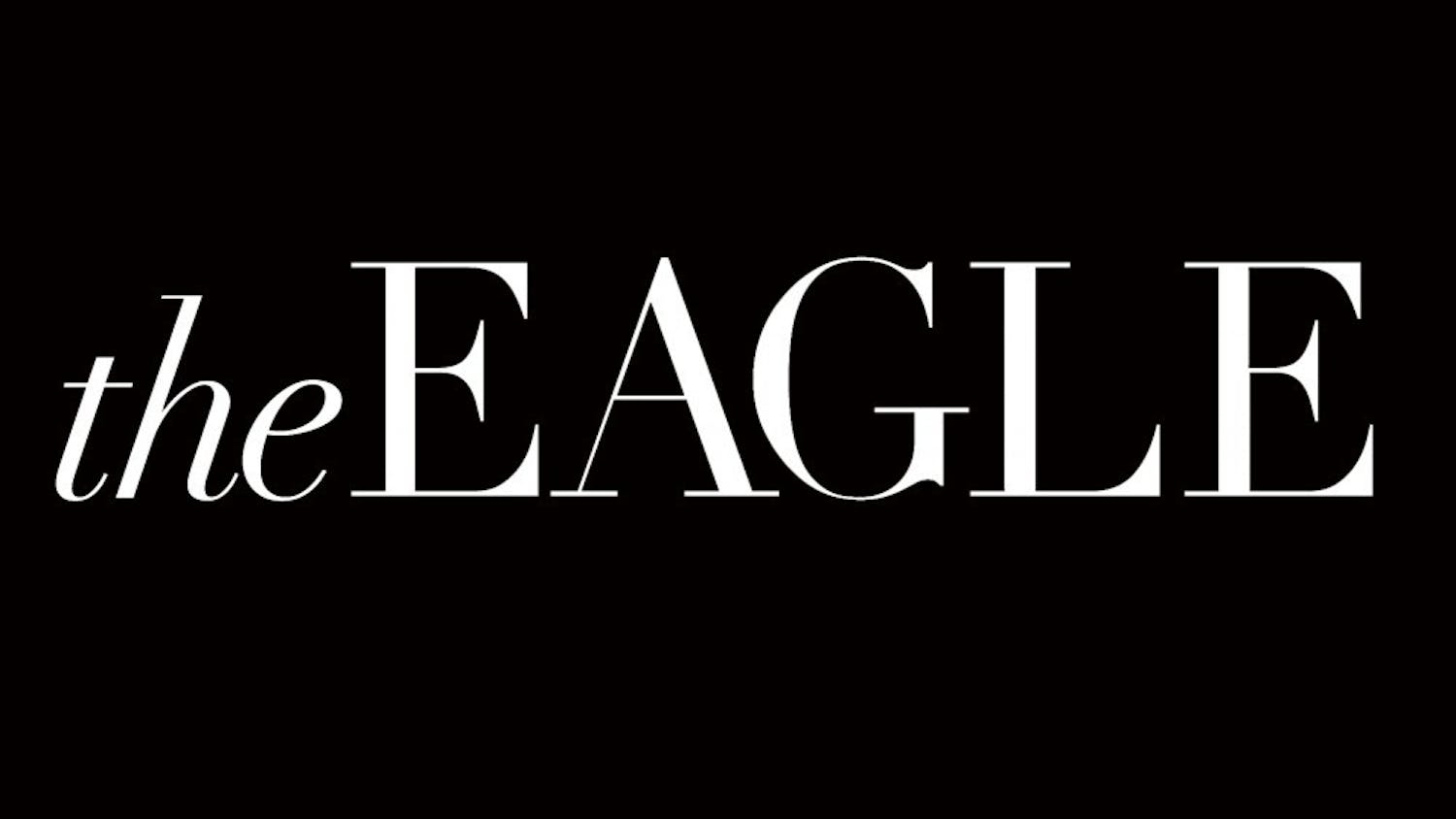This May marks the commemoration of the 22nd official Asian-American Pacific Islander (AAPI) Heritage Month. Before celebrating, it is important to call into question what exactly the celebration of these diverse group of ethnicities means.
I identify as a first generation Indian- American, so I wonder: will people include me in the celebration of Asian-American Pacific Islander heritage month? Will all of the cultures be equally represented, as they should, during a time of joy, remembrance and celebration?
My journey towards identifying as Asian-American, and more specifically Indian-American, has come a long way. I grew up immersed in both Indian culture at home and American culture at school, so I was never sure which part of my identity I identified with more strongly. Then, as I started talking standardized exams, I saw that there was no category for Indian-American, making Asian-American my only choice. This was difficult for me to reconcile because I had spent the greater part of my childhood trying to figure out this Indian-American part of me. It was important to separate myself from the wide Asian-American category to build my personal identity.
Exploring the Asian-American identity has a long and nuanced past, and I am reminded of it every May when certain cultures within the Asian-American identity are celebrated, and other sub-identities are left in the shadows.
Traditionally, AAPI Heritage Month has been used to celebrate the thousands of Japanese-Americans and Chinese-Americans, some of the very first Asian immigrants to the U.S. Today, the population of Asian-Americans in the U.S. continues to expand to include Filipinos, Vietnamese, Indians, Cambodians and many more subcategories. It is important to understand that each has a different culture and identifies differently.
The category of “Asian-American” is not a self-imposed label. It is a label that others have given Asian immigrants in America in order to classify them more clearly and keep them as “outsiders.” Lumping all of these identities into the same AAPI label makes it easier for non-profits working with Asian Americans to reach all of their constituents. It gives politicians an easier time addressing statements to the general public of ethnic minorities. But if more non-profits took more time looking at separate identities within the Asian-American identity, they would be more impactful in their outreach. There are many non-profits and advocacy groups in the U.S. that work for Asian-American equality, but even they are focused on one subgroup over the other because that’s what makes sense.
As we move forward in our celebration of AAPI Heritage Month, remember the different identities that are housed within the letters AAPI. Each identity is unique and brings its own cultural practices, skill sets and values to the American mosaic. By beginning to understand these subtle yet important differences and disaggregating the “typical Asian-American,” we can truly begin to appreciate all aspects of the broader Asian-American and Pacific Islander cultures.
Eesha Bhave is a sophomore at American University studying political science and international studies.




